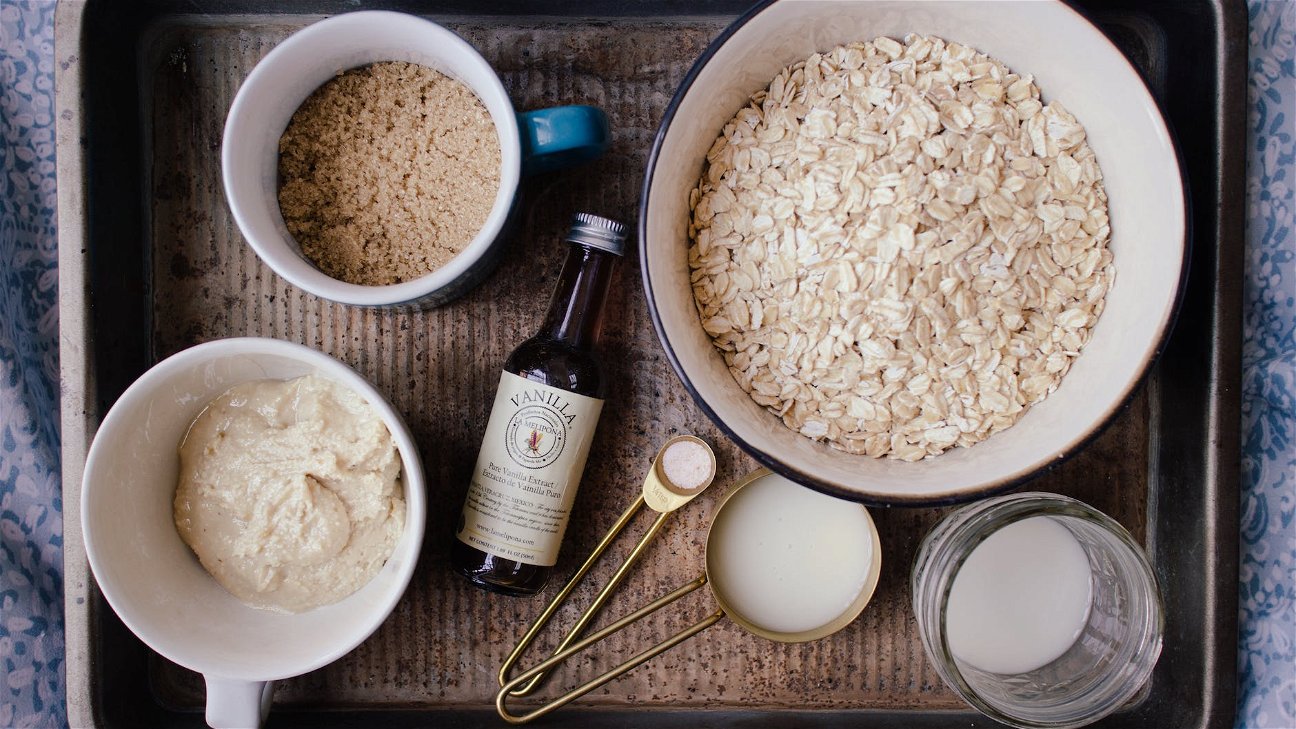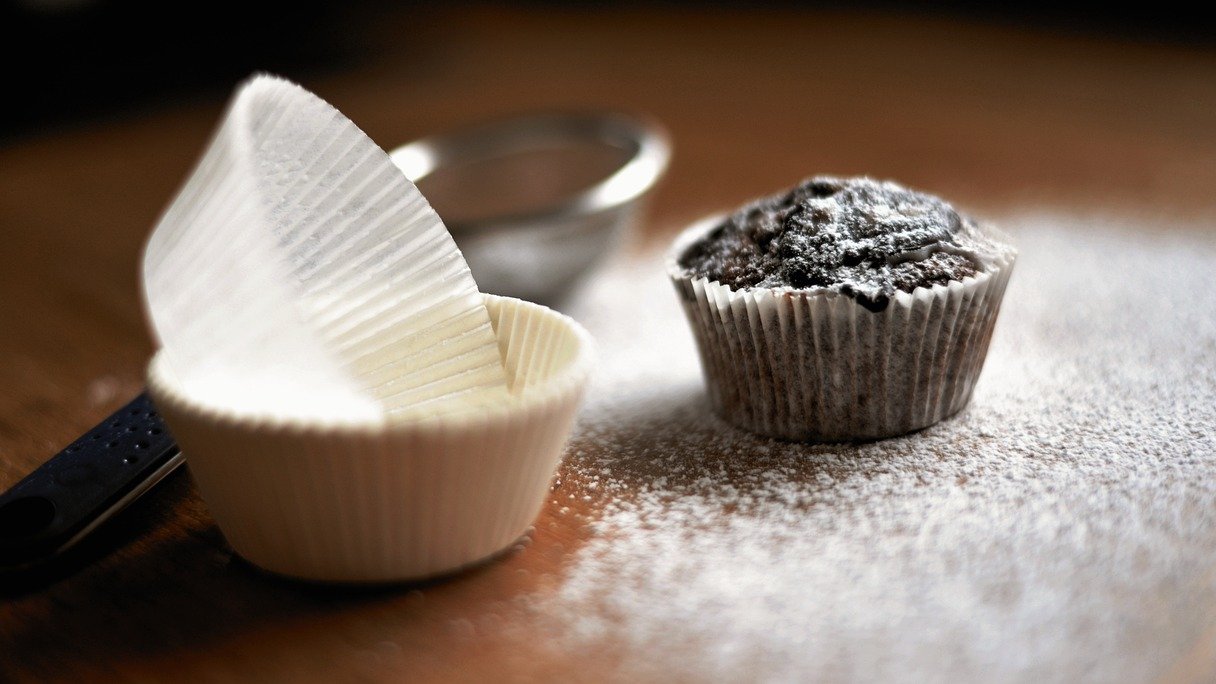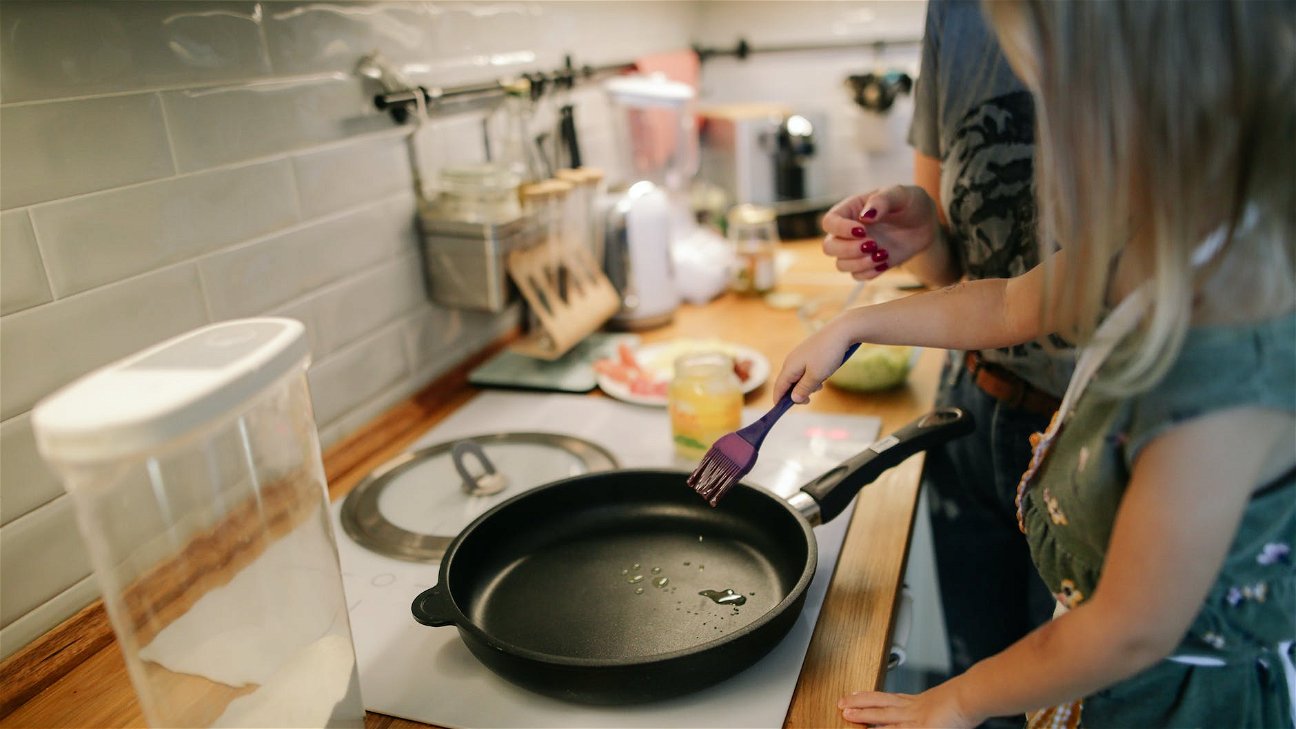
If you're a home baker, you might be familiar with the concept of baking with commercial yeast. But have you ever tried baking with wild yeasts? It's a whole new world of flavor and science!
Understanding Sourdough and Wild Yeasts
Baking with sourdough involves using a 'starter’ which is a dough of flour and water that has been fermented with wild yeasts and bacteria. This gives sourdough bread its characteristic tangy flavor. The wild yeasts in sourdough are different from the commercial yeasts used in most baking, offering a unique flavor profile and texture.
The 'Science of sourdough' is fascinating. When you mix flour and water, you create a perfect environment for wild yeasts and bacteria to thrive. These microorganisms feed on the sugars in the flour, producing carbon dioxide gas (which makes the dough rise) and lactic acid, which gives sourdough its distinctive sour taste.
Creating a Sourdough Starter
If you want to start 'home baking with sourdough', the first thing you'll need is a sourdough starter. Here's a basic method on 'how to make a sourdough starter':
- Mix equal parts flour and water in a jar. Leave it uncovered at room temperature.
- Feed the starter daily with fresh flour and water.
- After a few days, the starter should start to bubble and have a sour smell. This means the wild yeasts are active!
Remember, maintaining a sourdough starter and 'how to feed your sourdough starter' are crucial for successful sourdough baking.
Baking with Sourdough
'Making sourdough bread' involves a longer fermentation process than baking with commercial yeast. This slow fermentation allows for more complex flavors to develop, leading to a deliciously tangy and chewy bread.
Here are some 'sourdough baking techniques' and 'tips for baking with sourdough':
- Keep your starter at room temperature and feed it daily.
- Use a kitchen scale to measure ingredients accurately.
- Allow plenty of time for the dough to rise.
- Bake at a high temperature to get a crispy crust.
Benefits of Baking with Wild Yeasts
There are many 'benefits of baking with wild yeasts'. Sourdough bread has a lower glycemic index than bread made with commercial yeast, making it a healthier option. Additionally, the longer fermentation process makes the nutrients in the flour more bioavailable.
'Understanding sourdough baking' and 'the science of sourdough' can enhance your baking skills and open up a new world of flavors. So why not give 'baking with wild yeasts' a try?











